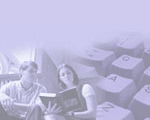

 Approaches to Psychology, 4/e The Biological Approach Self-test Questions |

 2004 A McGraw-Hill Online Learning Centre
2004 A McGraw-Hill Online Learning CentreAny use is subject to the Terms of Use and Privacy Policy.
Open University Press is one of the many fine businesses of The McGraw-Hill Companies.